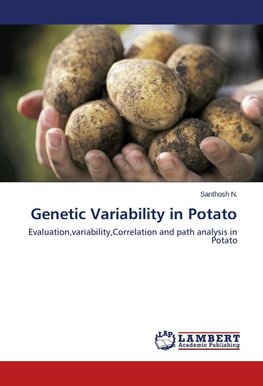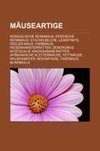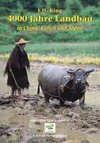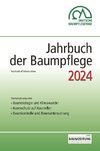
-
 Anglický jazyk
Anglický jazyk
Genetic Variability in Potato
Autor: Santhosh N.
Potato (Solanum tuberosum L.) is one of the world's most important food crops. It is widely grown throughout the world ranking fourth in food production after wheat, maize and rice. Over a billion people consume potato as a staple food in Europe and a principal... Viac o knihe
Na objednávku
66.60 €
bežná cena: 74.00 €
O knihe
Potato (Solanum tuberosum L.) is one of the world's most important food crops. It is widely grown throughout the world ranking fourth in food production after wheat, maize and rice. Over a billion people consume potato as a staple food in Europe and a principal vegetable in developing countries. India is a major producer of potato along with China, Russia, Ukraine and Poland. Peru Bolivian region in the Andes (South America) is reported to be the centre of its origin. Potatoes were introduced to Europe during the second half of the sixteenth century by Spanish seamen. Potatoes were introduced to India in the seventeenth century by Portuguese and to Africa in the late eighteenth century by Christian missionaries. Potato belongs to the family Solanaceae, genus solanum and species tuberosum. The genus Solanum comprises of 2000 species. About 170 species produce under ground stem tubers and cultivated species differing in chromosome numbers from 24 (diploid), 36 (triploid), 48 (tetraploid) to 60 (pentaploid). The tetraploid Solanum tuberosum has an outstanding agricultural importance and has a worldwide distribution in the form of sub-species tuberosum.
- Vydavateľstvo: LAP LAMBERT Academic Publishing
- Rok vydania: 2014
- Formát: Paperback
- Rozmer: 220 x 150 mm
- Jazyk: Anglický jazyk
- ISBN: 9783659584770

 Nemecký jazyk
Nemecký jazyk 









